Dragonflies constitute the order Odonata. It is relatively a small order of insects and is being represented by three suborders viz., Zygoptera, Anisozygoptera and Anisoptera. These suborders are further divided into twenty seven families encompassing about seven thousand (7000) species and subspecies. These are cosmopolitan in distribution and are abundant in the tropics especially available in the vicinity of aquatic bodies. These insects are noteworthy for their cute appearance, flight-power and sharp eye sight. These ‘flying machine’ can fly backward, move vertically like helicopter or stop and turn in the midst of the most rapid progression as if they have been rammed into. This could be possible due to the adjustment of the centre of gravity between the bases of the wings and leaves a sharp contrast with all other living insects. Dragonflies have the highest development of the compound eyes (Huxley 1953). It has been estimated that an eye of an adult dragonfly may contain 10,000 to 28,000 facets. The eyes occupy almost whole of the head. Other parts of head viz., labium, labrum, clypeus, frons, occiput etc. are very small. The head is movable and can be twisted sideways 180 degree, backward 70 degree, forward and downward 40 degree. With these attributes, dragonflies can select their habitat according to their choice (Corbet 1962).
Geographical Distribution of Odonata (Insecta) of Eastern India
In stock
Free & Quick Delivery Worldwide
Bibliographic information
Title
Geographical Distribution of Odonata (Insecta) of Eastern India
Author
Edition
1st ed.
Publisher
ISBN
8185874883
Length
xvi+208p., Maps; Figures; Tables; References; Index; 26cm
Subjects

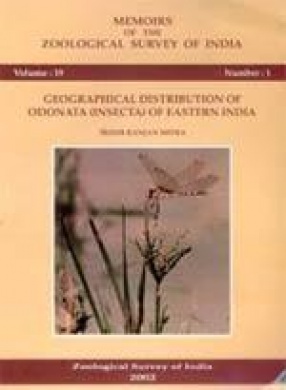
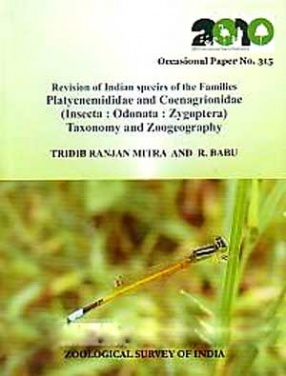
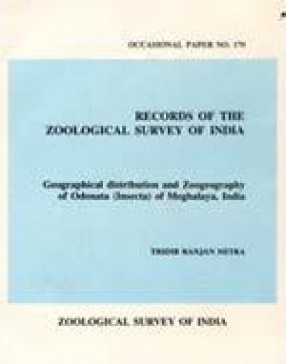
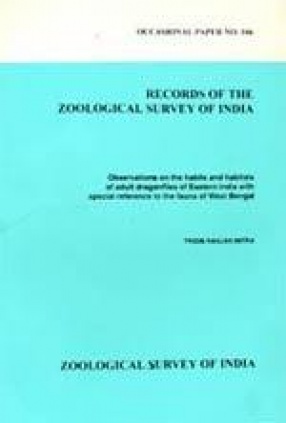

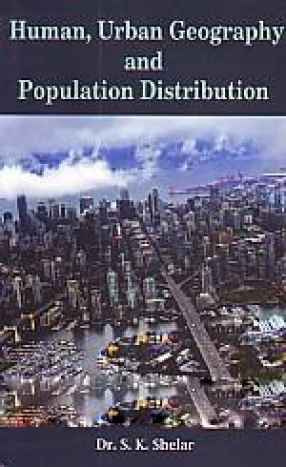

There are no reviews yet.